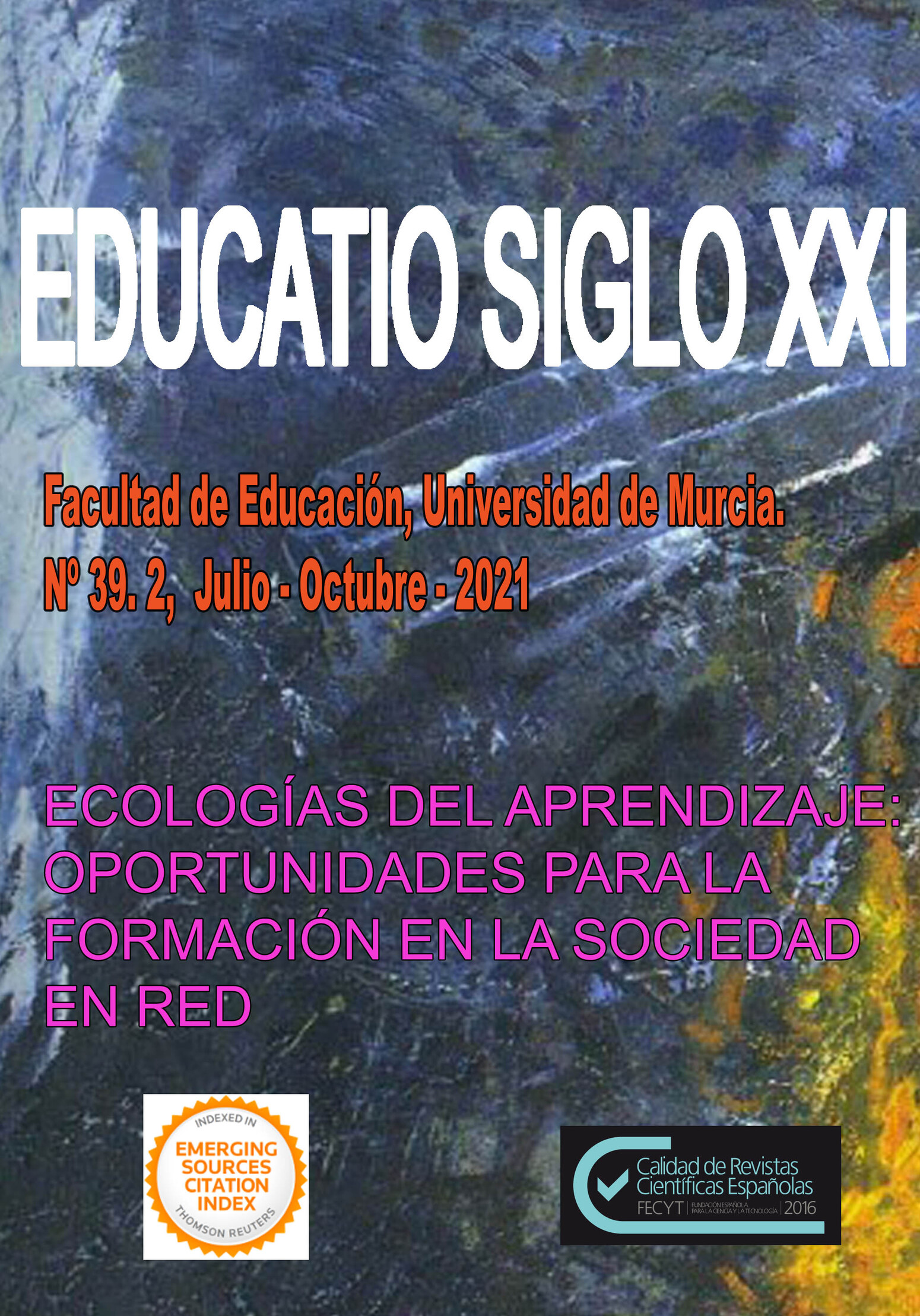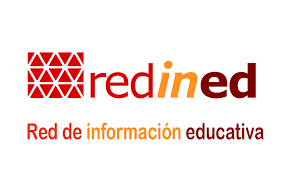School principals' point of view on pupils' participation
Abstract
Participation is a right that children should have the opportunity to put into practice. Schools are an ideal setting for students to make their voices heard by expressing ideas, making decisions and formulating proposals. With the aim of exploring the options of the students to participate in the school and to point out ways to maximize these options, we conducted a study by means of an ad-hoc questionnaire addressed to all school principals in Catalonia. Specifically, 684 participated and the results indicate that not only do boys and girls give their opinion in class, but also make decisions when they work in groups, in relation to classroom coexistence or by voting their own proposals. In addition, they can influence the school by claiming and defending their interests. In conclusion, the different degrees of student participation reveal an evolution from symbolic or apparent participation towards giving opinions and making decisions, an also having an influence. However, participation in areas traditionally governed by adults and the possibility of establishing participatory mechanisms are rare. It would therefore be appropriate to strengthen the different levels of participation and to promote those types that have hardly been detected in this study.
Downloads
-
Abstract771
-
PDF (Español (España))533
References
Alfageme, E., Cantos, R., y Martínez, M. (2003). De la participación al protagonismo infantil. Propuestas para la acción. Madrid: Plataforma de Organizaciones de la Infancia.
Arnstein, S. (1969). A ladder of citizen participation, American Institute of Planners Journal, 35, 216-224.
Autor (2008)
Chawla, L. (2001). Evaluating children’s participation: Seeking areas of consensus. PLA Notes, 42, 9-13.
Childwatch International Research Network. (2006). Understanding and contextualizing children’s real participation. A submission by Childwatch International Research Network to the Committee on the Rights of the Child Day of General Discussion September 2006.
Consejo de Europa. (2012). Council of Europe Recommendation on the participation of children and young people under the age of 18. Recuperado de https://rm.coe.int/CoERMPublicCommonSearchServices/DisplayDCTMContent?documentId=090000168046c478
Cussiánovich, A. (2003). Historia del pensamiento social sobre la infancia. Universidad Nacional Mayor de San Marcos. Lima: Fondo Editorial de la Facultad de Ciencias Sociales.
Cussiánovich, A. (2010). Ensayos sobre infancia. Sujeto de derechos y protagonista. Lima: IFEJANT.
Cussiánovich, A. y Figueroa, E. (2009). Participación protagónica: ¿Ideología o cambio de paradigma? En M. Liebel y M. Martínez Muñoz (Coords.), Infancia y Derechos Humanos: Hacia una ciudadanía participante y protagónica (83-99). Lima: IFEJANT.
Departament d'Educació. Generalitat de Catalunya. (2007). La convivència en els centres d'educació infantil i primària. Barcelona: Generalitat de Catalunya.
Feito, R. (2009). Escuelas democráticas. RASE. Revista de la Asociación de Sociología de la Educación, 2(1), 17-33.
Francis, M. y Lorenzo, R. (2002). Seven realms of children’s participation. Journal of Environmental Psychology, 22, 157–69.
Franklin, B. (1995). Handbook of Children’s Rights. Londres: Routledge.
Gaitán, L. (2006). La nueva sociología de la infancia. Aportaciones de una mirada distinta. Revista Política y Sociedad, 43(1), 9-26.
Gaitán. L. (2008). Cambios en la infancia durante las últimas décadas. En AA.VV., V Encuentro la Ciudad de los Niños. La Infancia y la Ciudad: Una relación difícil (38-61). Getafe (Madrid): Acción Educativa.
Guichot, V. (2013). Participación, ciudadanía activa y educación. Teoría de la Educación, 25(2), 25-47.
Hart, R. (1993). La participación de los niños. De la participación simbólica a la participación auténtica. Ensayos Innocenti. UNICEF.
Horizonte 2020. (s.f) Recuperado de http://eshorizonte2020.es/retos-sociales/europa-en-un-mundo-cambiante-sociedades-inclusivas-innovadoras-y-reflexivas
Horna, P. (2006). Del dicho al hecho. Participación de niños/as y adolescentes en eventos con adultos. Suecia: Save the Children.
Howard, R., y Wieczorek, B. (2011). How to involve children and young people in school governance. Londres: Participation.
Kränzl-Nagl, R., y Zartler, U. (2010). Children’s participation in school and community: European perspectives. En B. Percy-Smith y N. Thomas, A Handbook of children and young people’s participation. Perspectives from theory and practice (164-173). Nueva York: Routledge.
Lansdown, G. (2001). Promoting children's participation in democratic decision-making. Siena: UNICEF Innocenti Research Centre, Florencia, Italia.
Liebel, M. (2000). La otra infancia. Niñez trabajadora y acción social. Lima: IFEJANT.
Liebel, M (2007). Entre protección y emancipación. Derechos de la Infancia y Políticas Sociales. Madrid: Facultad de Ciencias Políticas y Sociología. Departamento de Sociología II, Ecología Humana y Población.
Liebel, M. (2013). Niñez y Justicia Social. Repensando sus derechos. Santiago de Chile: Pehuén.
Maranzana, L. y Gómez-Granell, C. (2011). Participació infantil i juvenil a la ciutat de Barcelona. Barcelona: Ayuntamiento de Barcelona (CIIMU).
Mason, J. y Urquhart, R. (2001). Confronting the Dilemmas of Involving Children as Partners: Collaborative Research Project Around Decision Making. Children Australia, 26(4), 16-21.
Mitra, D.L. (2007). Student voice in school reform: From listening to leadership. En D. Thiessen y A. Cook-Sather (Eds.), International handbook of student experience in elementary and secondary school (727–744). Berlín: Springer.
Novella, A. (2008). Formes de participació infantil: La concreció d’un dret, Educació social, 38, 77-93.
Reddy, N. y Ratna, K. (2002). A journey in children’s participation. Vimanapura: The Concerned for Working Children.
Santibáñez, D. (2008). Participación política y juventud: Limitaciones estructurales, incomunicabilidad y paradojas. Revista Observatorio de Juventud. Instituto Nacional de la Juventud, 5(19), 5-71.
Santibáñez, D., Delano, J. y Reyes, M. (2015). Participación y ejercicio de derechos. Santiago de Chile: Observatorio niñez y adolescencia.
SENAME. (2011). Informe resultados nacionales. Primera consulta nacional a niños, niñas y adolescentes de centros residenciales: “Mi derecho a ser escuchado” en el marco del Plan del Fortalecimiento del Buen Trato Institucional. Departamento de Protección de Derechos. Recuperado de http://ciperchile.cl/pdfs/07-2013/sename3/Informe_mi_derecho_a_ser_escuchado.pdf
Shier, H. (2001). Pathways to participation: Openings, opportunities and obligations. Children & Society, 15, 107–17
Thomson, P. y Holdsworth, R. (2003). Theorizing change in the educational ‘field’: Re-readings of ‘student participation’ projects’. International Journal of Leadership in Education, 6(4), 371-391.
Treseder, P. (1997). Empowering children and young people: Training manual. Londres: Save the Children and Children’s Rights Office.
Trilla, J. y Novella, A. (2001). Educación y participación social de la infancia. Revista Iberoamericana de Educación, 26, 137-164.
UNICEF. (2003). The state of the world’s children 2003. Recuperado de http://www.UNICEF.org/sowc/archive/ENGLISH/The%20State%20of%20the%20World's%20Children%202003.pdf
Woodhouse, B.B. (2003). Enhancing children's participation in policy formation. Arizona Law Review, 45, 751-763.
Copyright (c) 2021 Servicio de Publicaciones de la Universidad de Murcia

This work is licensed under a Creative Commons Attribution-NonCommercial-NoDerivatives 4.0 International License.
Original work publishes in this journal is subject to the following terms:
1. Murcia University Press (the publishing house) holds the copyright of the publishes work, and favours and allows their reutilization under the use license stated in point 2.
© Servicio de Publicaciones, Universidad de Murcia, 2015
2. Work is published in the electronic edition under a license (Creative Commons Reconocimiento-NoComercial-SinObraDerivada 4.0 España (legal text). They can be copied, used, disseminated, transmitted and publicly presented, as long as: i) authorship and original publication source is acknowledged (journal, publishing house and URL of the work); ii) are not used for commercial purposes; iii) the existence and specifications of this use license is stated.
3. Conditions for self-archive. Authors are allowed and encouraged to disseminate electronically the pre-pint (before review) and/or post-print (accepted for publication) versions of their work before their publication since that favours earlier circulation and dissemination resulting in an increased chance for the authors to be cited and for the work to reach a bigger share of the academic community. Colour: RoMEO: green.







